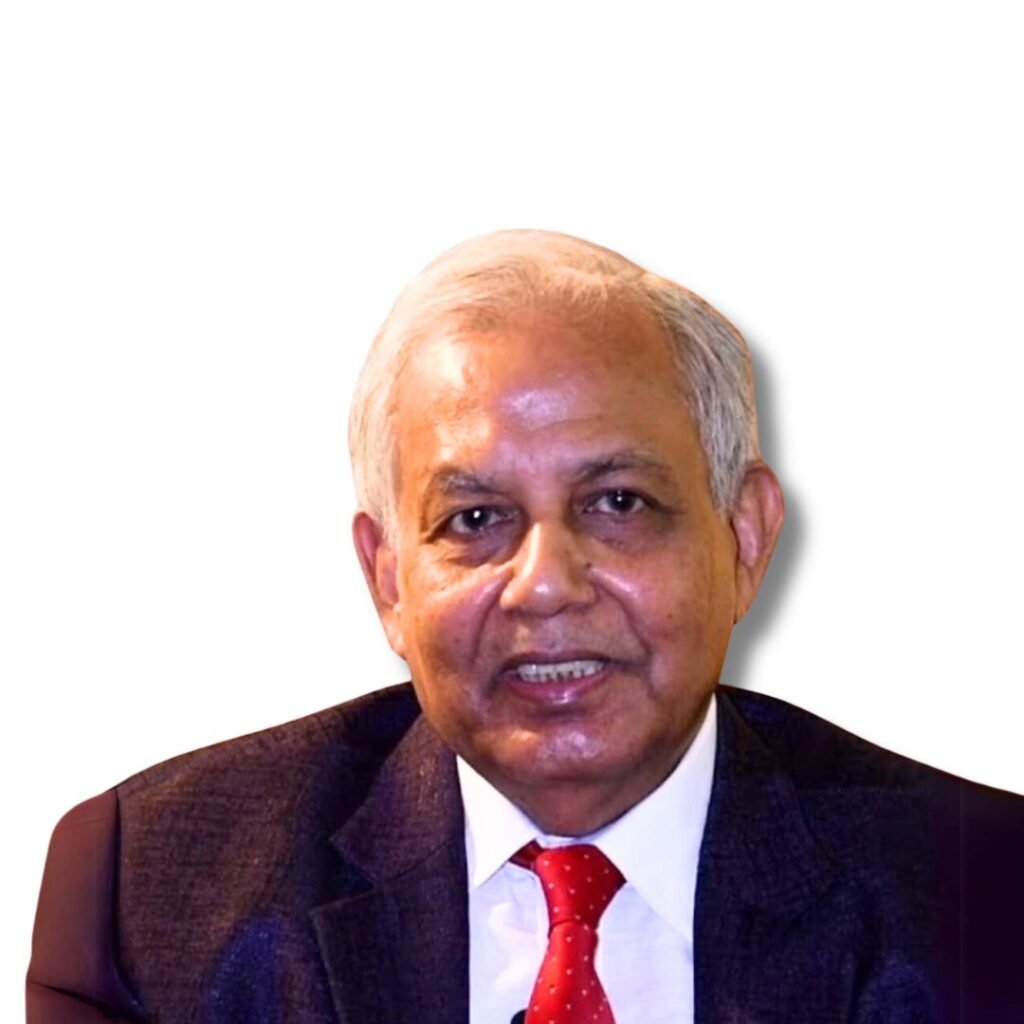
Prof. Biswaranjan Mistri : IAGR Conference 2024
Dr. Mistri is a Professor and former head, Department of Geography, The University of Burdwan. He has completed B.Sc.(Hons.) from erstwhile Presidency College, Kolkata., M.A. from CSRD/JNU, New Delhi, and Ph.D. from the University of Calcutta. His career started as Lecturer of Geography in 2003 at Kashipur M.M. Mahavidyalaya, Purulia, later joined as Assistant Professor at the present department and promoted as Professor in 2020. His major areas of research interest are in Environmental Geography, Soil and Agricultural Geography, and published more than 114 research articles in peer reviewed national and international journals. Still, he has supervised 12 M.Phil. and eight Ph.D. research scholars.
Title of Talk:
Evaluating Soil Quality Dynamics through SQI Modeling: A Comparative Study in the Rice Bowl of West Bengal, India
Abstract
This study attempts a comparative evaluation of agricultural soil quality using the Soil Quality Index (SQI) model in Ausgram-II and Memari-II Community Development Blocks of Purba Bardhaman District. A total of 104 soil samples are collected from each C.D. Block (0– 20 cm depth) and analysed 13 physico-chemical properties of the soil including bulk density (BD), soil porosity (SP), soil aggregate stability (SAS), water holding capacity (WHC), infiltration rate (IR), available nitrogen (available N), available phosphorus (available P), available potassium (available K), soil pH, soil organic carbon (SOC), electrical conductivity (EC), soil respiration (SR), and microbial biomass carbon (MBC). The Integrated Quality Index (IQI) is employed, utilising a weighted additive approach and a non-linear scoring technique to identify the Minimum Data Set (MDS). Principal Component Analysis (PCA) indicates that in Ausgram-II C.D. Block, key parameters controlling to the SQI are SAS, BD, available K, soil pH, available N, and available P. But in Memari-II C.D. Block, the most significant influencing variables are WHC, SR, available N, pH, and SAS. The average value of SQI is found higher in Ausgram-II (0.97) compared to Memari-II (0.69). In Ausgram-II, 99.72% of the agricultural land is classified with a very high SQI (Grade I), while in Memari-II, 49.95% of the land is rated as moderate SQI (Grade III) and 49.90% as high SQI (Grade II). To validate the findings, the Sensitivity Index (SI), and Efficiency Ratio (ER) are also employed. Agricultural soil quality is significantly affected by the fertiliser management system in a region. In Memari-II, the fertiliser management system primarily relies on inorganic fertilisers. On the other hand, in Ausgram-II, the approach is markedly different, compiling inorganic fertiliser with organic fertiliser (cattle manure and rice husk ash) and bio-fertiliser as well. This study provides valuable insights for enhancing soil quality assessment and guiding fertiliser management practices for ecological as well as economic agricultural sustainability of the given soil.
Keywords: Soil quality index, Minimum data set, Agricultural soil, Fertiliser management system



